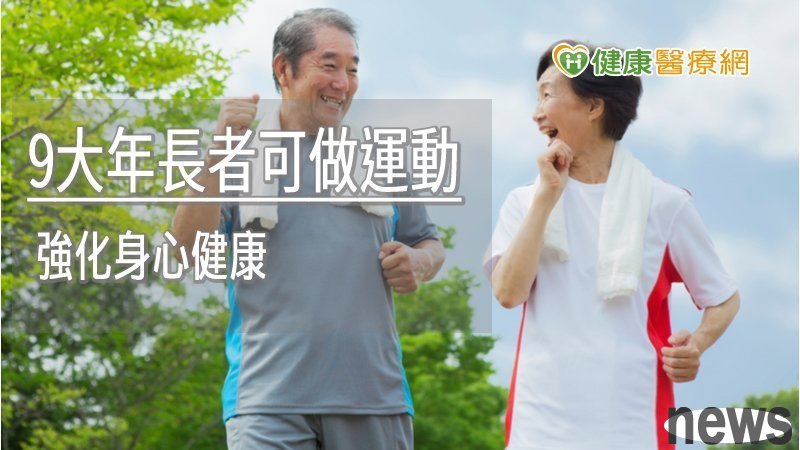
There is a positive relationship between movement and long impotence. British research has found that exercise can keep our immune system light and efficient. Among the elderly who exercise regularly, the thymus that produce immune T cells are significantly larger than those of the elderly who do not exercise, and are even similar to young people, but do they start exercising after old age? The answer is wrong. After the age of 20, the thymus begins to shrink, so it is important to cultivate the physical exercise habits!
The benefits of elderly people's exercise include a sound immune system, strengthening bones, making better balance, activating brain connections, and preventing dementia and improving cognitive function. Chen Yijun, a physical therapist at Nantou Hospital, pointed out that sports are divided into four categories and are of equal importance. Aerobic exercise mainly involves training overall health and endurance; muscle strength training can strengthen muscles and bones, balanced exercise can strengthen balanced muscles and prevent falls; soft exercise can increase the activity angle and reduce stiffness.
Chen Yijun's physical therapist shared that the following nine major sports projects that therapist suggests that the elderly are suitable for:
1.Quick walking (auereal exercise): Compared with jogging, it is a low-strength aerobic exercise, which can improve heart rate and muscle use. For those who have no strength in their knees or ankles, walking quickly is a better choice.
2. Fixed bicycle (aerobic exercise): It is a good form of aerobic exercise and will not cause any harm to the relevant period.
3. Swimming (aerobic exercise): It is a good exercise for people with buoyancy and bone relieving symptoms. The resistance provided by water will have a muscle training effect. Even if you don’t know how to swim, you can still exercise in the water.
4. Squats (muscular strength and balance training)
5. Taiyang fist (balance, flexibility training)
6. Arm weight (muscular strength training): Strengthen the muscle strength of the upper back and shoulders.
7. Fitness exercises (muscle balance training)
8. Stretch: stretch all muscles to maintain flexibility and prevent stiffness from stagnating.
9.Yoga (softness, balance, strength training)
(provided by text authorization/Health Medical Network)